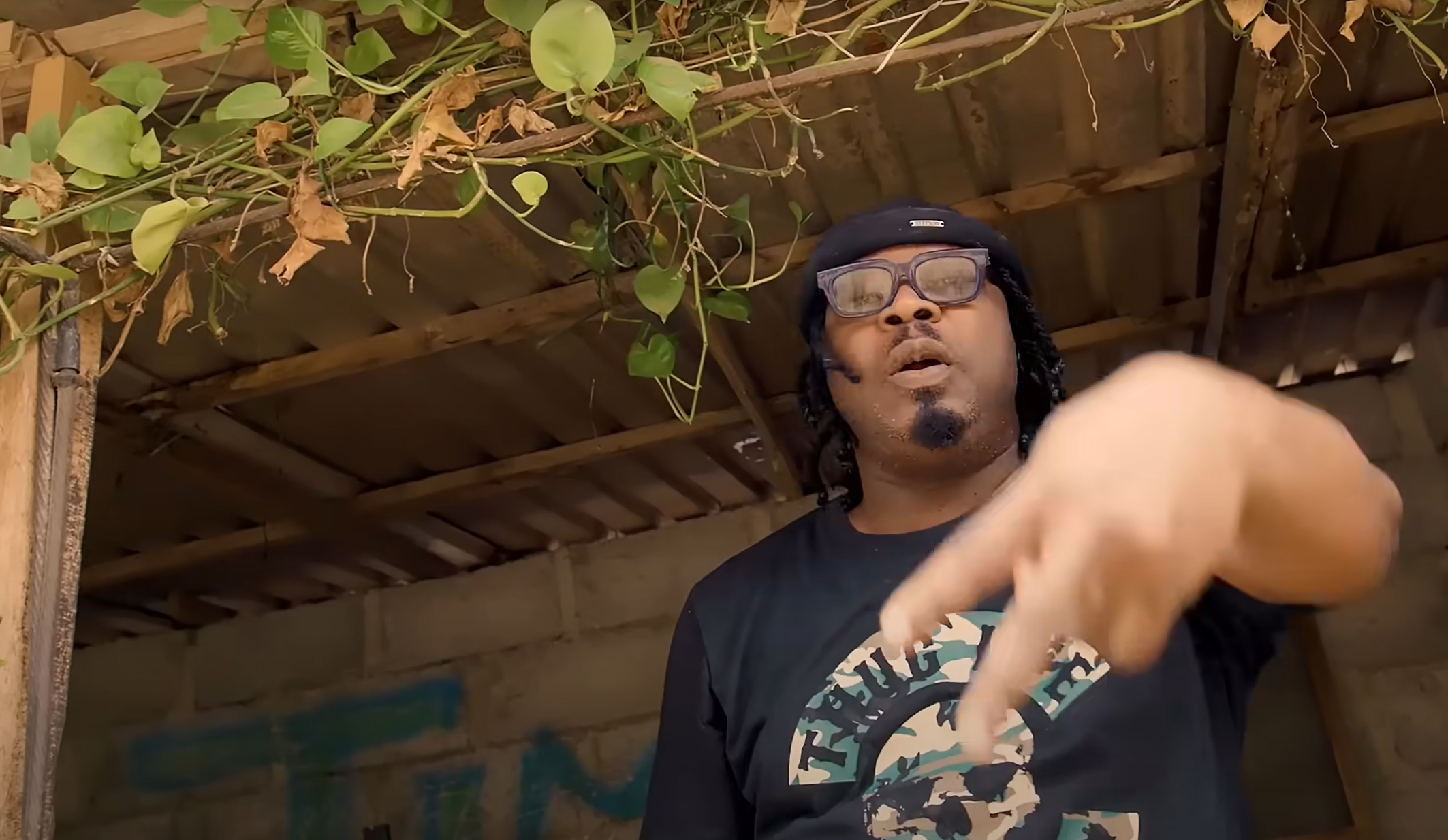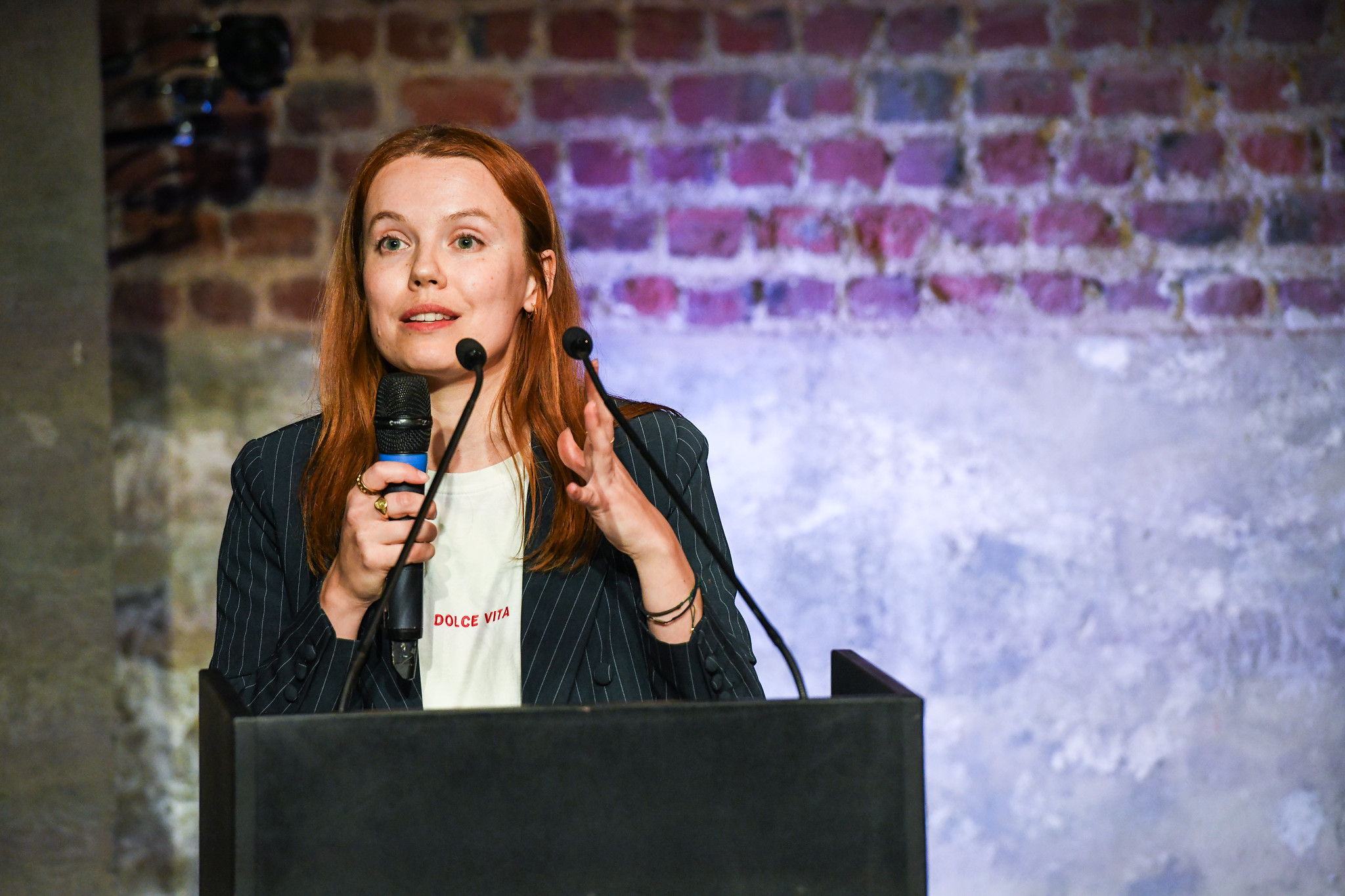Protests result in the province’s bloodiest summer in many years as a new generation takes to the streets calling for independence from India. Priyanka Boghani reports
The deaths of four protesters today (Aug 13), killed in anti-India protests, underlines that  Kashmir’s troubled and tormented valleys have seen their worst days in the past two years. After a tear gas shell hurled by police during protests in the Kashmiri capital of Srignar killed a 17-year old student on 11 June, hell broke loose. Angry young protesters stormed the streets, pelting policeman with rocks and 60 anti-India Muslim protesters have been arrested. Kashmir has had a long history of conflict ever since India and Pakistan’s partition. A 2009 Indian Human Rights report suggests 47,000 people, mostly civilians protesting, have been killed in militancy related incidents in India-administered Kashmir since the late 1980’s.
Kashmir’s troubled and tormented valleys have seen their worst days in the past two years. After a tear gas shell hurled by police during protests in the Kashmiri capital of Srignar killed a 17-year old student on 11 June, hell broke loose. Angry young protesters stormed the streets, pelting policeman with rocks and 60 anti-India Muslim protesters have been arrested. Kashmir has had a long history of conflict ever since India and Pakistan’s partition. A 2009 Indian Human Rights report suggests 47,000 people, mostly civilians protesting, have been killed in militancy related incidents in India-administered Kashmir since the late 1980’s.
Since 11 June, the demonstrators’ death toll has risen to at least 55.
Protesters are not the only ones subjected to abuse. According to the Committee to Protect Journalists (CPJ) and the International Federation of Journalists (IJF) journalists were beaten by police wanting to minimise media coverage of the government crackdown on demonstrators. Curfews have been enforced and the state has made a concerted effort cut off and control the flow of information, shutting down publications and confiscating newspapers.
One journalist reporting in Jammu told Index the government feels threatened by the media.
“Sound coverage for media persons is sometimes risky. It’s a risk to your life as the combat between the police and the locals can land you in prison.”
The wars in Afghanistan, the conflicts in Gaza and the terrorism in Pakistan have overshadowed the suffering of Kashmir. While the local press face heavy censorship, the international press have little excuse.
Although Nayeema Ahmad Mahjoor, BBC’s London Urdu reporter, explains that it is difficult for international journalists because they are greatly reliant on the local press.
“Restriction has damaged the reputation of India’s democracy,” Mahjoor told Index on Censorship. “While journalists working for international organisations, like myself, are not facing direct restrictions, our local contacts on the ground are looking at serious human rights violations.”
“When I went to the border area of Uri, which is strictly under the control of the Indian army, I was untouched but I was told that my movements were monitored and the people I spoke to were questioned by the army later on,” she said.
Covering the Kashmir conflict is a dangerous business. On 6 July, 12 photographers and cameramen working for local, national and international publications suffered serious injuries by security forces trying to stop them record the demonstrations. One of the BBC’s Urdu service journalists, Riaz Masroor was stopped and beaten by police as he was going to collect his curfew pass on 9 July. According to BBC reports he suffered a fractured arm.
It’s becoming more difficult for the international media to ignore Kashmir now Kashmir’s youth are taking to the streets of Srinagar, a generation that has endured a childhood observing violence outside their windows. On Tuesday another teenager died, Fida Nabi had participated in last week’s spate of protests land was badly injured when security forces opened fire. He died in hospital, another casualty of Kashmir’s military regime.
But today’s digital savvy teenagers aren’t just expressing themselves in the streets, they’re visible on social media such as Facebook, Orkut and YouTube. Mahjoor believes there is a war of words brewing on the internet. The Times of India states that campaigns against the government’s treatment of the situation have recently sprung into existence forging a new set of “virtual protesters.”
Today, as the Indian state looks for political solutions, autonomy for the Indian regions of Jammu and Kashmir has been raised as a possibility but there is no guarantee that an independent government would have any more luck in bringing control and calm to Kashmir’s valleys.





